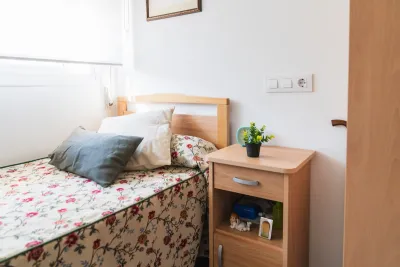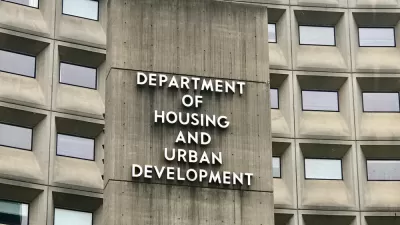The New York Times reveals what’s working and what’s not in the cornerstone of Housing First.

The New York Times Headway section has published a helpful primer on one of the most common approaches to reducing homelessness amongst populations with addiction and mental health issues: permanent supportive housing that offers low rents and services on site.
A cornerstone to the Housing First approach, about 400,000 Americans now live in permanent supportive housing.
The Times spent over a year talking to residents and staff at a supportive housing complex in the Bronx called the Lenniger. They reported six key takeaways from that time:
-
Permanent supportive housing tries to meet a formerly homeless person’s needs under one roof
-
Permanent supportive housing keeps people housed.
-
It works by making it as easy as possible for people to stay
-
Its permissiveness has stirred political backlash
-
In New York City, demand far outstrips supply
-
Permanent supportive housing is no panacea
Read the Times’ full report on what’s working — and not — in permanent supportive housing at the link below.
FULL STORY: Six Things to Know About Permanent Supportive Housing

Planetizen Federal Action Tracker
A weekly monitor of how Trump’s orders and actions are impacting planners and planning in America.

Congressman Proposes Bill to Rename DC Metro “Trump Train”
The Make Autorail Great Again Act would withhold federal funding to the system until the Washington Metropolitan Area Transit Authority (WMATA), rebrands as the Washington Metropolitan Authority for Greater Access (WMAGA).

DARTSpace Platform Streamlines Dallas TOD Application Process
The Dallas transit agency hopes a shorter permitting timeline will boost transit-oriented development around rail stations.

Renters Now Outnumber Homeowners in Over 200 US Suburbs
High housing costs in city centers and the new-found flexibility offered by remote work are pushing more renters to suburban areas.

The Tiny, Adorable $7,000 Car Turning Japan Onto EVs
The single seat Mibot charges from a regular plug as quickly as an iPad, and is about half the price of an average EV.

Supreme Court Ruling in Pipeline Case Guts Federal Environmental Law
The decision limits the scope of a federal law that mandates extensive environmental impact reviews of energy, infrastructure, and transportation projects.
Urban Design for Planners 1: Software Tools
This six-course series explores essential urban design concepts using open source software and equips planners with the tools they need to participate fully in the urban design process.
Planning for Universal Design
Learn the tools for implementing Universal Design in planning regulations.
Municipality of Princeton
Roanoke Valley-Alleghany Regional Commission
City of Mt Shasta
City of Camden Redevelopment Agency
City of Astoria
Transportation Research & Education Center (TREC) at Portland State University
US High Speed Rail Association
City of Camden Redevelopment Agency
Municipality of Princeton (NJ)





























